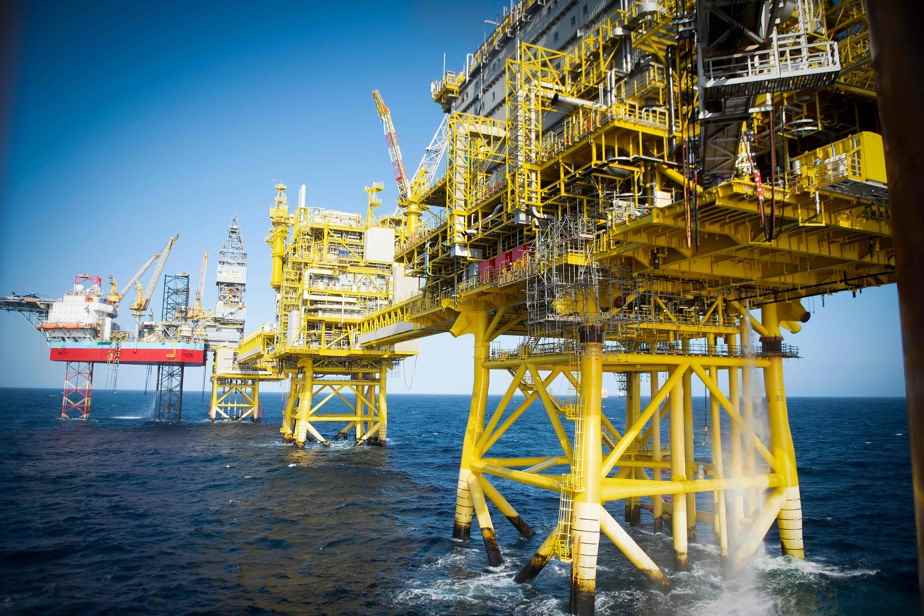(New York) The price of a barrel of West Texas Intermediate (WTI), the American reference variety, ended Tuesday down sharply, at its lowest level of the year at the close, on a market still concerned about a slump in the request.
WTI for January delivery ended down 3.48% to $74.25. In two sessions, US crude fell more than 7%.
In session on Tuesday, it fell to $73.41, a depth more explored since the end of December 2021.
As for the barrel of Brent from the North Sea, with maturity in February, it lost 4.02%, to 79.35 dollars, closing below 80 dollars for the first time since the beginning of January.
“The potential effect of another round of (US central bank) rate hikes has scared the market about the possible repercussions for the global economy,” commented Susannah Streeter of Hargreaves Lansdown, a sentiment that had already justified Monday’s trend reversal.
A stronger-than-expected monetary tightening could weaken demand for black gold and further depress prices.
Added to this are the uncertainties surrounding the health situation in China, the world’s largest importer, with the lifting of restrictions remaining very gradual.
Another element, the recovery of the dollar, which has rebounded over the past two days after several weeks of sliding, which is unfavorable to oil prices, most often denominated in greenbacks.
For Bart Melek, of TD Securities, on the supply side, some operators were disappointed by the maintenance, announced on Sunday, of the production of the Organization of the Petroleum Exporting Countries (OPEC) and their allies of the OPEC + agreement.
As a result, “the market is worried about seeing too much supply” at the global level, explains the analyst.
Speculators retreat
Brokers also reacted to the entry into force of the European embargo on Russian oil, together with a price cap mechanism for deliveries to destinations other than Europe.
For Craig Erlam, an analyst at Oanda, “in many ways, this does not improve visibility in the crude oil sector; one can even say (that these measures) make the outlook more uncertain”.
At this stage, “it seems that the only thing guaranteed in the oil market, for the moment, is volatility”, he asserts.
Moscow has repeatedly asserted that Russia will not sell oil to countries applying the cap.
For Mr. Erlam, this mechanism is probably considered by investors as a “status quo”, especially as Russia tries to improve its “ability to circumvent sanctions”.
“This means that production remains stable overall,” he points out.
After Tuesday’s tumble, the Urals, the main reference variety of Russian oil, for delivery in February, stood at 60 dollars, exactly the ceiling price.
According to an official of a shipping company specializing in oil, on condition of anonymity, some varieties are trading at a price closer to 50 dollars a barrel, which makes the cap inoperative.
“I have no doubt that there will be buyers for our” oil products, Russian Deputy Foreign Minister Sergey Ryabkov said on Tuesday, quoted by Russian news agencies.
“You have people who were positioned to buy”, betting on major disruptions following the embargo and the cap, argued Bill O’Grady, of Confluence Investment.
“But nothing of what they expected happened and this gave rise to a long liquidation” of positions, that is to say a massive disengagement of speculative operators, which caused prices to swing.
However, oil’s weakness could only be short-lived, according to Bill O’Grady.
The Russian embargo and cap “will end up disrupting” the flow of Russian oil, the analyst warns, mentioning the traffic jam of tankers that has formed in recent hours near the Bosphorus Strait, according to several media.
The blockage would be due to the desire of the Turkish authorities to obtain a certificate of insurance from ships wishing to leave the Black Sea, for fear that an accident will not be covered.
Furthermore, “OPEC has a lot of leeway to rebalance supply with demand”, believes Bart Melek, “and I expect them to reduce their production if (the fall in prices) continues. »
